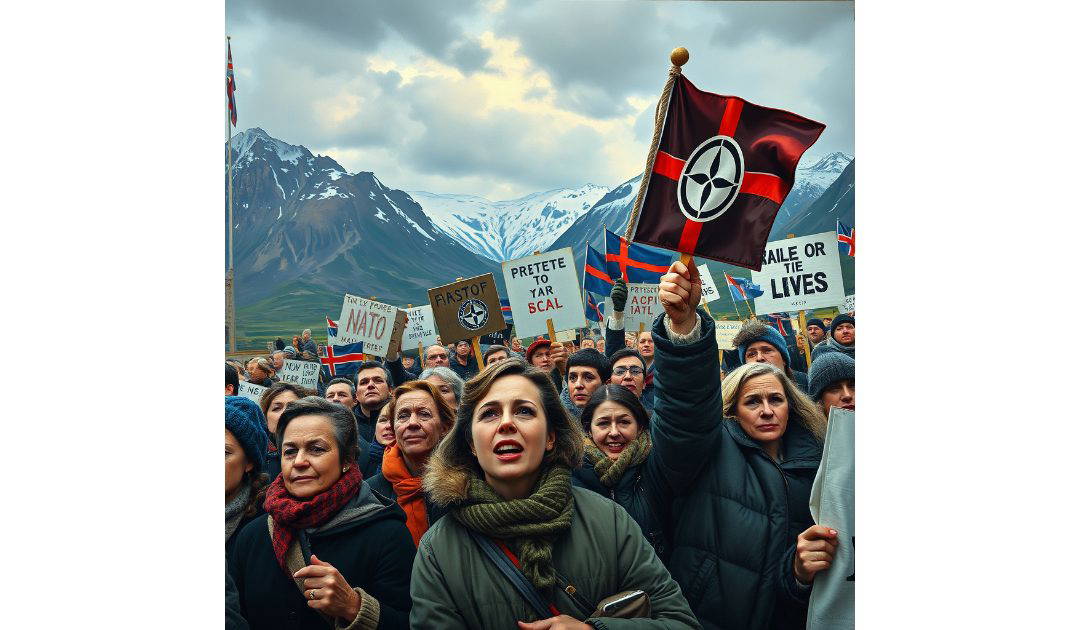NATO is in the news at the moment. Certainly we in Europe need to fund our own defence. Winston Churchill worked long and hard to bring the U.S. into World War II, but ultimately it was the Japanese attack on Pearl Harbour which did it. I took part in a couple of NATO exercises when I was in the Royal Naval Reserve, and although the U.S. were obviously well represented, I didn’t encounter any U.S. personnel. I remember a Norwegian who astounded us with his ability to spot the periscopes of Russian submarines on the radar. I also remember a Canadian who had arrived early and was entertained by the senior rates mess. He made the error of commenting on how weak English beer was, so they found him some stronger beers. He fell down a flight of stairs and served the fortnight with us on the minesweeper with his arm in a sling. Nevertherless he was a fine officer and very competent.
In the post-World War II era, as Europe and the rest of the world were attempting to rebuild and navigate the complexities of a new global order, Iceland found itself embroiled in its own political turmoil. The anti-NATO riots of the 30th of March, 1949, marked a significant point in Icelandic history, reflecting the profound tension between national sovereignty and international alliances.
Following the end of World War II, Europe was divided into spheres of influence, and the Cold War political landscape was beginning to take shape. The North Atlantic Treaty Organization (NATO) emerged as a military alliance, predominantly led by the United States and Western European nations, aiming to counter Soviet expansionism. Iceland, strategically located in the North Atlantic, became a point of interest for both NATO and the Warsaw Pact countries.
Iceland, a nation that had traditionally maintained neutrality, faced a significant decision. The country had a strong cultural and social inclination towards independence and non-alignment, which was deeply rooted in its national identity. However, the geopolitical pressures of the time made neutrality increasingly untenable.
In 1949, the Icelandic government, led by Prime Minister Stefán Jóhann Stefánsson, decided to join NATO. The decision was met with fierce opposition by a significant portion of the Icelandic population. Many Icelanders feared that joining NATO would infringe upon their sovereignty and potentially entangle Iceland in future conflicts. There were also concerns that the decision was primarily a result of foreign pressure, rather than reflecting the will of the Icelandic people.
The tension reached its peak on 30th of March, 1949, when the Althing, Iceland’s parliament, was set to vote on the NATO membership. Protesters, composed of leftist groups, students, and concerned citizens, gathered outside the parliament building in Austurvöllur square in Reykjavik. They expressed their vehement opposition to the government’s decision, seeing it as a betrayal of the nation’s tradition of neutrality.
The protests quickly escalated into riots as the crowd surged against the police barricades. The demonstrators, many carrying banners and shouting slogans against NATO and foreign intervention, attempted to storm the parliament building. The situation turned violent as police used tear gas to disperse the crowd, marking one of the first times such tactics were used in Iceland.
The clashes resulted in injuries on both sides, with numerous arrests being made. The events of that day were chaotic, with the violence shocking a nation unaccustomed to such discord. The images of riot police and protesters in the heart of Reykjavik were broadcast widely, etching the event into the national consciousness.
Despite the protests, Iceland’s parliament voted in favour of joining NATO. The decision led to a deep divide within the country, influencing Icelandic politics for years to come. The events of March 30, 1949, underscored the challenges small nations face in maintaining their sovereignty while navigating the geopolitical dynamics of larger powers.
The anti-NATO riots also highlighted the nascent anti-militaristic sentiments that would later contribute to Iceland’s decision to maintain a policy of no standing army, distinguishing itself in the broader NATO framework. Over the years, this policy has become a point of national pride, symbolising Iceland’s commitment to peace and diplomacy.
Today, the anti-NATO riots are remembered as a crucial moment in Icelandic history. They serve as a reminder of the importance of public participation in political processes and the need for governments to align their international commitments with the will of their people.
In reflecting on the events of 1949, it is clear that Iceland’s journey to balance its national identity with international cooperation is a testament to the resilience and spirit of its people. The legacy of the anti-NATO riots continues to influence Iceland’s foreign policy and its role on the international stage, ensuring that the voices of its citizens are heard and respected in matters of national importance.
The story of the 1949 riots is not just about Iceland; it is a universal narrative of the struggle between autonomy and alliance, a theme that continues to resonate in international relations today.

